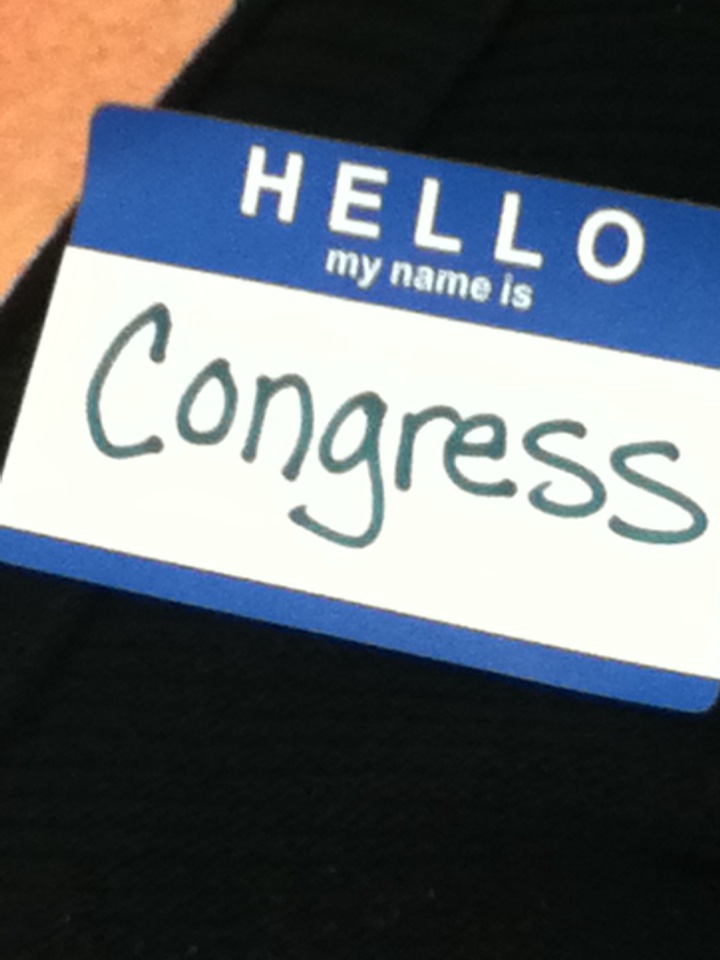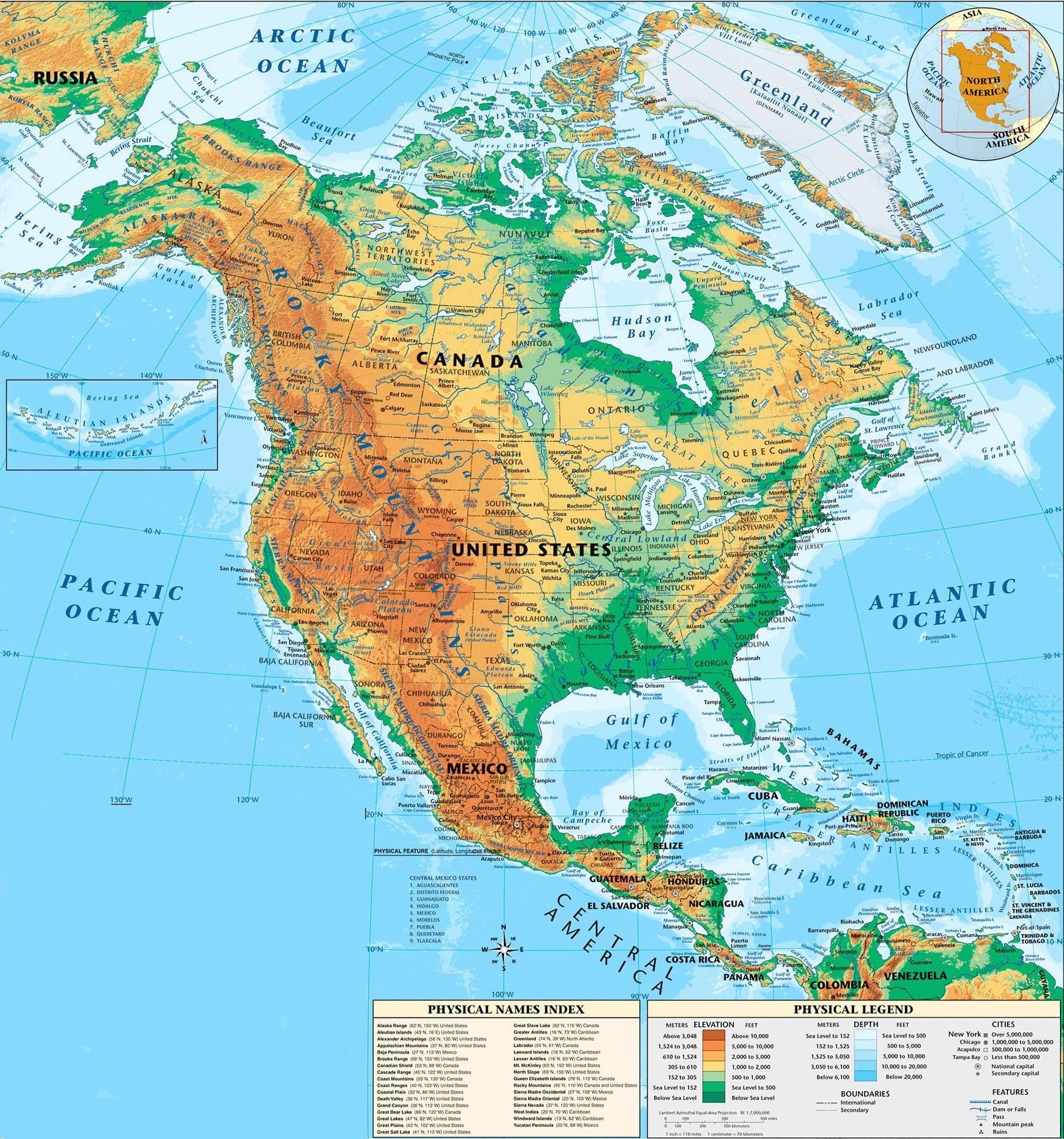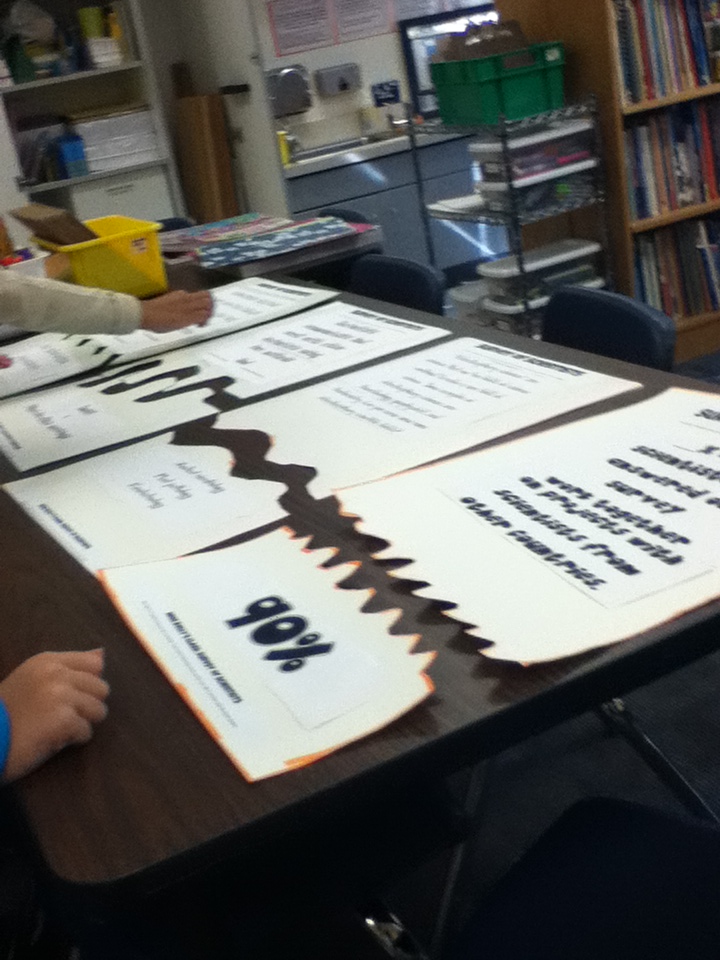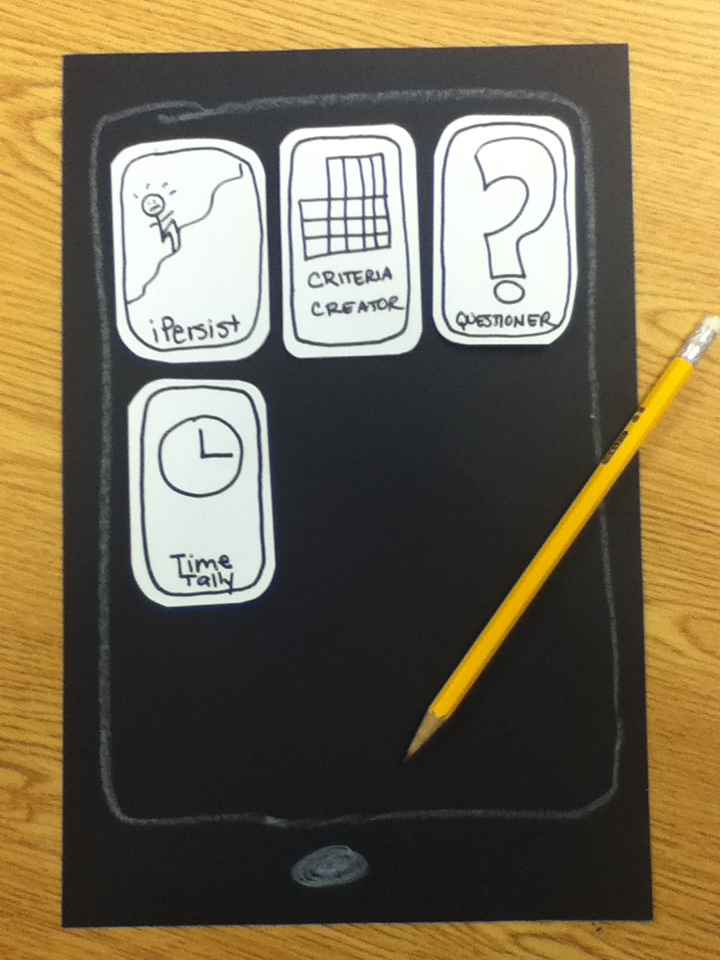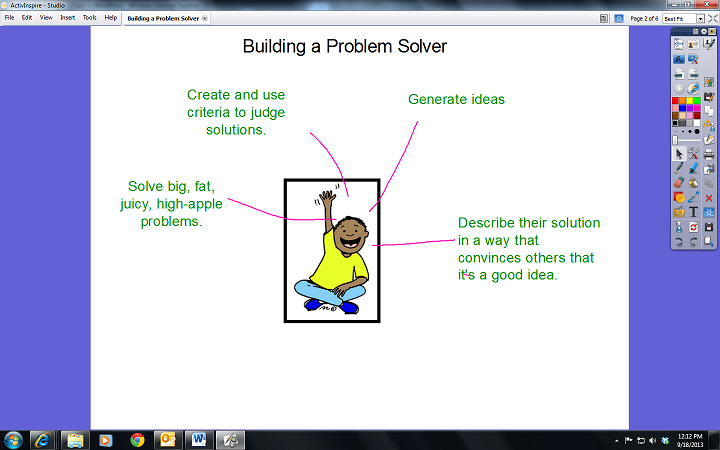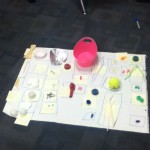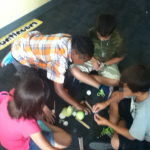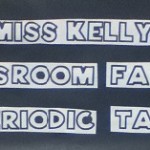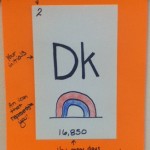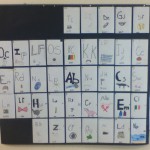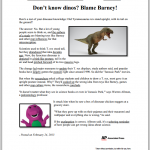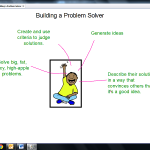This is an annotated list of our work from this year. The list is “stacked”, so the start of the year is at the bottom of the page and newer items are stacked on top of older items. If a blue-text link is not provided to the activity, it’s either because the content is copyright protected or because we’re still working using it and will post it when we’re ready!
(3-22-14 – Updating over Spring Break!)
————————————————————————————-
How Tall is YOUR Character?
This is a very special project which Miss Kelly’s Fourth Graders are working on currently. We don’t want to give away all of our plans, but we can give away a little bit! Here are some of the documents we’ve created along the way.
HTiYC: ActivInspire Slides (no names) – Each week we update our groups and tasks through out this long term project.
HTiYC: Plan of Action Page – We are building our planning skills by creating specific plans for each work period.
HTiYC: Letter from Miss Kelly (week 4) – To help us focus on what we’ve accomplished so far, and what needs to come next, Miss Kelly wrote us a letter!
HTiYC: Fonts & Characters – Matching fonts with characters and stories has been an interesting part of this project.
HTiYC: Opinion Continuum Collection – Throughout this long-term project, our Morning Munchies have included Opinion Continuum prompts about reading, books, and characters. To capture our thoughts, we’re collecting them on a special page!
HTiYC: Characters – Truths, Rules, & Principles – With all this experience discussing and thinking about characters from literature, we wonder if there might be any governing truths, rules, or principles that apply to creating characters.
HTiYC: Characters – Advice from a Professional – An interesting article about how to write characters!
———————————————————————-
Flash Poll:
While discussing various topics during class, our conversations often ends up creating questions. If we’re interested in gathering on-the-spot data about these questions, we send out a “Flash Poll” to a collection of email addresses of folks who have volunteered to respond to the mini-polls. Flash Poll results are needed by 1:00 on the same day they are posted so that we can gather and digest the data we collect.
March 11, 2014: If a person thinks something funny, they also find it enjoyable.
———————————————————————-
Research Project: Bridges & Buildings
In 5th and 3rd grades, our long-term project is centering around our theme of Structures as we research bridges and buildings and then try to product a working model!
Project Overview: Bridge/Build Kick-Off Slides Overview Page (5th)
Project Planning: Daily Goal Setting (5th) Daily Goal Setting (3rd)
Project Rubric: 5th grade rubric 3rd grade rubric
Note Taking Example: Right & Left Side Research Example
Right-Side Rules: Note Taking Basics
Left-Side Rules: Left Side Note Taking Directions
Websites for research: http://teacherpress.ocps.net/deirdrekelly/?page_id=1626
———————————————————————-
Reflective Writing:
Reflection Time Rotations – We’re using a rotation schedule to help us have varied experiences during our reflection time. Check it out!
Reflection Practice Fiction/Literature – Similar to our Question Making activity, we’re building our technology and keyboarding skills with our Reflective Writing practice.
Sick Sentences – Sentence Surgery: (4th Grade) – As we practice our Reflective Writing skills, we’re using peer feedback to help us improve sentences that need a little help!
Reflection Time Center Rotation – (Under Construction)
———————————————————————-
Mixed-Up Valentines:
OH NO! A terrible mix-up at the ACME Card Factory has caused a big problem! We used a creative thinking tool called a Morphological Matrix to help us think of ideas of how to save the day!
Valentine Mix-Up ActivInspire slides
Valentine Mix-Up Morphological Matrix
Valentine Mix-Up Combination Page
Valentine Mix-Up QR Code Master
—————-——————————————————
Design Challenge: Mechanism
After learning more about the types of mechanisms available in our world today, we set to work thinking of designs for new mechanisms that will solve some of the small-ish problems we experience every day!
Problem Solving: Mechanisms ActivInspire slides
———————————————————————-
Question Making:
We’ll be working on our Question Making document several times during the year. Each time we will use something new as our inspiration a video, a poem, a story, an event from the news, etc. After reading, watching, or discussing our inspiration piece, we’ll work in the computer lab to add new questions to our Questing Making documents. We’re getting so good at navigating the school’s server to save our work from week to week!
Question Making – This is the document we’re using to keep track of our questions. By the end of the year, we hope to have a collection of 4-6 of each type of question.
Our inspiration videos: (so far… more to come)
Olympic Games Debuts – Slopestyle Skiing – http://youtu.be/k3kGS04YjzE
When Water Flows Uphill – http://www.sciencefriday.com/video/11/21/2013/when-water-flows-uphill.html
Seal of Approval – http://vimeo.com/78209843
Murmuration – http://www.youtube.com/watch?v=eakKfY5aHmY
————————————————————————-
Problem Solving: US Post Office (4th & 5th, 3rd)
Taking a closer look at the issues being faced by the US Post Office these days gave us a great chance to practice reading non-fiction text AND our problem solving skills too!
Post Office 6 Levels of Articles – After hearing a brief review of each article, we chose which articles we wanted to use to learn more about the problem.
Multiple Perspectives Map (Post Office Problem Version) – This is a great way to analyze a problem from different perspectives!
ActivInspire slides from class – 4th/5th Grade slides 3rd Grade slides
In Miss Kelly’s 3rd grade class she was acting pretty strangely! She kept saying “no” to all of our ideas for solving the Post Office problem! Maybe this picture will explain why!
————————————————————————-
Data Analysis: Wind Power: (3rd Grade)
We needed to rely on our knowledge of the states, good question asking, and our data analysis skills in order to make heads or tails out of the information about wind power!
Map of the US (Blank): USA map (empty)
Data Site: http://www.windpoweringamerica.gov/wind_maps.asp
Data Chart: Wind Potential
Physical Map of the US:
——————————————————————————-
Top Inventions of 2013:
The year of 2013 provided us with some pretty cool new inventions! We checked them out in class!
4th & 5th Grade: Real or Pretend?
3rd Grade: SCAMPERing the Top Inventions
———————————————————————————
Micro-Research:
Looking to practice another way of doing research, we tried something new: Micro-Research! In this one-day research challenge we needed to both gather AND produce in one day! The production is quite small, of course, in this case, a techno-product consisting of a Tweet, a Facebook posting, an Instagram “image”, and other techy-tasks!
———————————————————————————
Constructing Hypotheses:
By first examining two scientific discoveries (the first one with Miss Kelly, the second one independently), we got to know what a scientific discovery was like. We learned that many discoveries have things in common, like data, questions, and problems. Our third discovery focused on discoveries yet to be made by the Mars MAVEN satellite. Since we knew what many of the attributes of good scientific discoveries were, we hypothesized about the data, questions, and problems that might be faced by MAVEN! Our “research” took on a new form this time – the form of the MAVEN!
Constructing Hypotheses PART ONE (4th) – ActivInspire slides from part 1.
Constructing Hypotheses: PART TWO – ActivInspire slides from part 2.
MAVEN Project: http://teacherpress.ocps.net/deirdrekelly/?page_id=3811
————————————————————————
Thanksgiving Challenge:
Time to put our creativity to good use! Let’s improve Thanksgiving by completing the Thanksgiving Challenge!
4th Grade: Thanksgiving Challenge 4th
2nd Grade: Thanksgiving Thinking Challenge Packet
————————————————————————
Reflective Writing Scavenger Hunt:
We’ve been working on Reflective Writing this year. To make sure we’re clear on the different types of reflection sentences Miss Kelly expects to see in our writing, we took a scavenger hunt through our journals (and some sample journals Miss Kelly had available) to identify some high quality examples!
Reflective Writing Scavenger Hunt
———————————————————————
First Quarter Self Evaluation:
Time to self-check on how we’re doing and what our goals are!
——————————————————————————
The Blue Whale Barrel Roll: (Edmodo Activity)
After reading a short passage about a new scientific discovery, we tried to answer questions about the people involved and the author who wrote it. Next, we watched a video about the same discovery to see if the video gave us more or different information.
Blue Whale Barrel Roll Video: http://sciencefriday.com/video/12/07/2012/blue-whale-barrel-roll.html
Activity Page: Blue Whale Barrel Roll: We used Word to read and respond to the questions.
————————————————————————
Third Grade: Survey of Scientists:
Miss Kelly’s 3rd graders were really interested in our “Trouble with Dinosaurs” reading and discussion. Their follow-up survey for scientists resulted in lots of interesting data. They’re taking their time to sort through the data to see what they can ask, think, do, or conclude from it!
1. It started with reading an article: Trouble with T-rex
2. Then we surveyed scientists to see what they thought: 3rd Grade Science Survey Results
3. We worked with the results for awhile… analyzing data is hard work! Here is just one activity we did: Two Opinions
4. After working with the data, we needed to decide what to do about it: What? So What? Now What?
5. Gathering and organizing our work on this project: Science Survey Cover Page
6. After making our products, it was time to self-reflect: Science Survey Rubric
——————————————————————————
Comparing Problem Solving Models:
After completing the Hand Pollinators challenge, we took some time to compare the two problem solving models we used: Miss Kelly’s Problem Solving Steps and the Engineering Design Process.
Comparing Problem Solving Models – Getting to know the differences.
Venn Diagram
——————————————————————————
Creating Hand Pollinators:
Part of the journey of becoming a strong problem solver is being able to use different processes for solving problems. This week we added the engineering and design process to our tool kit of thinking skills and processes. (Thanks to Jamie Kentner for the great lesson!)
Bee Problem & Hand Pollinators – PDF of Flipchart
Engineering is Elementary: Hand Pollinators
Bee Problem – Article (3rd)
——————————————————————————-
Thinking Apps:
After reviewing a collection of thinking skills and the habits of good thinkers, we identified a set of four thinking skills or habits which we need to improve on and then generated fun ideas for “apps” that would help us improve in those areas. With our thinking detailed and clear, we were ready to create our own ThinkPads!
iThink Activity: all the pages associated with this lesson.
iThink mini rubrics: We printed our mini-rubric on Post-It Notes.
——————————————————————————-
On the Other Hand:
Being able to identify different points of view of a situation or problem is one of the skills of a strong problem solver. We used this graphic organizer to identify two points of view of a current problem being addressed in cities and school districts up North, (Too Hot for School).
——————————————————————————
ThingLinks: Celebrate Freedom
Well, it didn’t work out as planned, but we learned enough about ThingLinks to try it again in the future! For this Celebrate Freedom day, we focused on the Bill of Rights. We each chose one of the Amendments of the Bill of Rights-ish, (we excluded Amendment #2 and included Amendments 13, 15, and 19), and then did some light research in order to gather a fact and create a question about our chosen topic. From there, we used the planner on the back to plan our ThinkLink. (At that point we had network issues galore and lost our chance to complete our ThingLinks for that day.)
———————————————————————————-
Building Thinkers:
Throughout our first quin, we’ll be “building thinkers” – using our classroom experiences to create a web which will help us to define, describe, and hopefully emulate the skills and habits of good thinkers. We’ll be “building” a problem solver, a leader, a researcher, etc!
———————————————————————————
Building Our Theme:
As our year continues, we’ll be constructing our understanding of what Structure means. We started with a blank page. After each structure-related activity, we’ll add to our “Lighthouse Map”, as our third graders did after the Atomic Me activity:
——————————————————————————-
Atomic Me:
To begin our study of Structures this year, we began with a human-made structure, The Periodic Table. We worked in teams to create a model which helped us to isolate and identify attributes. With that practice in hand, we turned to The Periodic Table – looking at a few different styles of the table (comic & periodic table abundance model). Finally, we created a mock version of our own – Miss Kelly’s Classroom Family Periodic Table, with a cell to represent each one of us!
——————————————————————————-
The Trouble with T-rex:
We read an article from Tween Tribune about a scientist who questioned the spread of scientific information. After walking through the Problem Solving Steps, some of our classes began to “build a problem solver” by identifying the attributes of good problem solvers.
– Our Resources: Blame it on Barney (article) — The Trouble with T-rex —
– Special Project: Based on their classroom discussion, Miss Kelly’s third graders created a survey for scientists! Miss Kelly’s Third Grade Science Survey — Check out the invitation. (Look a few scrolls above for the results!)
- Building thinkers is fun – but hard!
